There are some buildings in the world that just stop you in your tracks. York Minster is one of them.
For over a thousand years, this site has been the centre of Christianity in the North of England, and today it stands as one of the most magnificent cathedrals you’ll ever see. It’s a masterpiece of magnesian limestone and two million individual pieces of stained glass.
Walking towards its soaring towers and incredibly detailed façade, you can’t help but feel you’re approaching something truly special.
Every part of this place, from the vast, echoing nave to the tiniest detail in a medieval window, is designed to tell the story of Jesus Christ and inspire awe.

So, come on a journey with me through 1,400 years of history, marvel at some revolutionary architecture, decode the stories in the world-famous windows, and uncover secrets buried deep underground.
A Journey Through Time: The Minster’s Story of Survival
The story of York Minster isn’t about one building; it’s about a cycle of creation, destruction, and rebirth that has played out on this spot for centuries. This place has seen it all.
It all started back in 627 AD with a simple wooden chapel, built for the baptism of King Edwin of Northumbria.
A stone church soon replaced it, but that was destroyed by fire in 741 and later battered during the Viking era.
After the Norman Conquest in 1066, it was time for something grander. In 1080, Archbishop Thomas of Bayeux started work on a huge Norman-style cathedral.
You can still see its massive foundations today in the Undercroft Museum—they form the footprint of the building you’re standing in.
But styles change, and in 1220, the great Gothic makeover began. For the next 250 years, an army of masons and craftspeople worked to create the masterpiece we see today.

They rebuilt the transepts, added the stunning Chapter House in the 1280s, and started the enormous nave in 1291. It wasn’t all smooth sailing; the central tower even collapsed at one point and had to be rebuilt.
Finally, on 3 July 1472, the cathedral was declared complete and was consecrated.
Even then, its troubles weren’t over. It survived the looting of the Reformation, a siege during the Civil War, and several massive fires in the 19th and 20th centuries. Each time, it was lovingly restored, becoming a powerful symbol of faith and resilience.
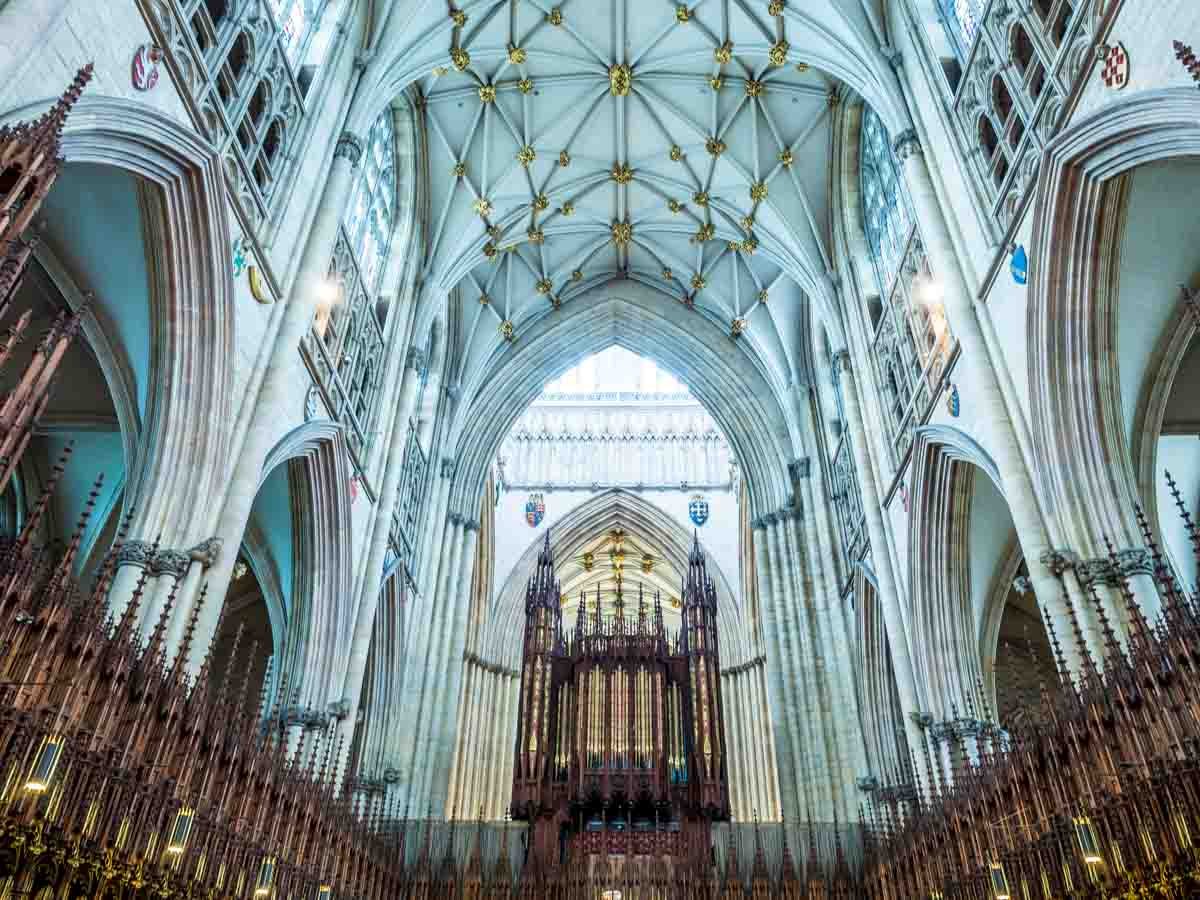
Architectural Marvels: What to Look Out For
York Minster is a stunning mix of architectural styles, but it’s the Gothic design that will really take your breath away.
As you walk into the nave, started in 1291, the first thing that hits you is the sheer scale of it. It’s the widest Gothic nave in England, and your eyes are immediately drawn upwards along the soaring columns to the incredible vaulted ceiling. It feels like the whole space is flooded with light.

At the far end, look for the Great West Window, finished around 1340. The beautiful, flowing stonework at the top forms a shape that has earned it the nickname ‘the Heart of Yorkshire’—you’ll see why.
The whole front of the Minster is an incredible sculpture gallery in its own right.
And don’t miss the North Transept, where you’ll find the Five Sisters Window. It’s made up of five incredibly tall, slender lancets, each over 16 metres high. The famous author Charles Dickens gave it its name.
After World War I, it was beautifully restored and rededicated as a memorial to the women of the British Empire who lost their lives in the conflict, which adds a really poignant layer to its history.
As part of your visit, that I wrote about, you can take an adventure up the steps to the top of the Minsters Central Tower.
The Great Windows: Two Epic Stories in Glass
York Minster is famous for its stained glass, but there are two windows you absolutely have to see. They tell very different but equally powerful stories.
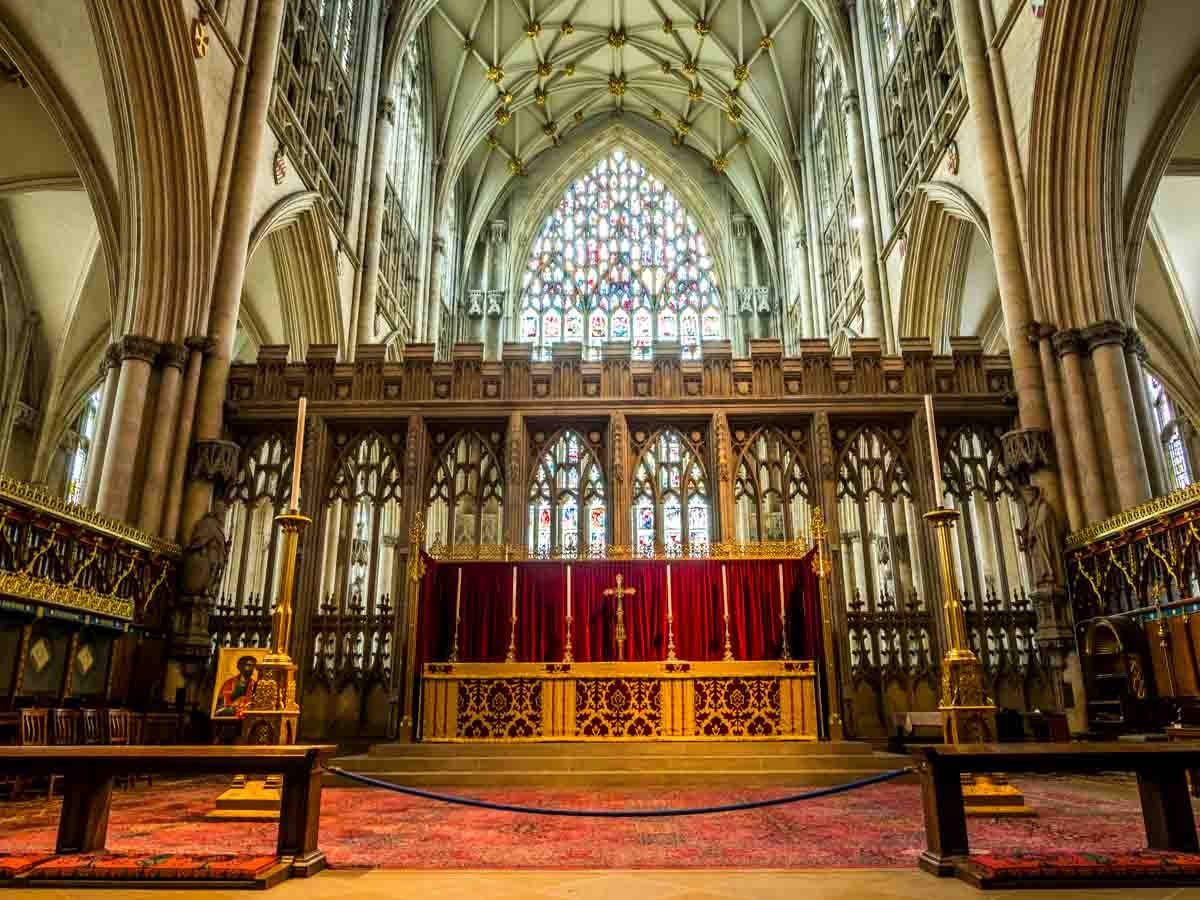
The Great East Window: The World’s Biggest Comic Book
At the east end of the cathedral, you’ll find what is perhaps the most incredible comic book in the world, made entirely of glass.
The Great East Window is the largest single expanse of medieval stained glass on the planet, roughly the size of a tennis court.
It was created between 1405 and 1408 by a genius of a glazier named John Thornton. And the story it tells is… well, everything.
Across more than 300 panels, it shows the beginning and the end of time, from the story of Creation in Genesis to the dramatic prophecies of the Apocalypse in the Book of Revelation.
Imagine the ambition! It recently underwent a massive, decade-long restoration, and the colours are now as dazzling as they were 600 years ago.
The Rose Window: A Phoenix from the Flames
In the South Transept, the Rose Window tells a story of pure drama. The glass was installed around 1515 to celebrate the end of the Wars of the Roses and the union of the houses of Lancaster and York.
For centuries, it was a symbol of peace. Then, on 9 July 1984, disaster struck. A lightning bolt started a terrible fire that tore through the South Transept.

The Rose Window was heated to around 450°C, and it cracked into an estimated 40,000 tiny pieces.
Many thought it was lost forever. But in an amazing feat of conservation, a team from the York Glaziers Trust, led by the heroic Peter Gibson, painstakingly put it back together.
It took four years, but they saved it. Today, it shines not just as a symbol of Tudor unity, but as a powerful testament to the Minster’s incredible spirit of survival.
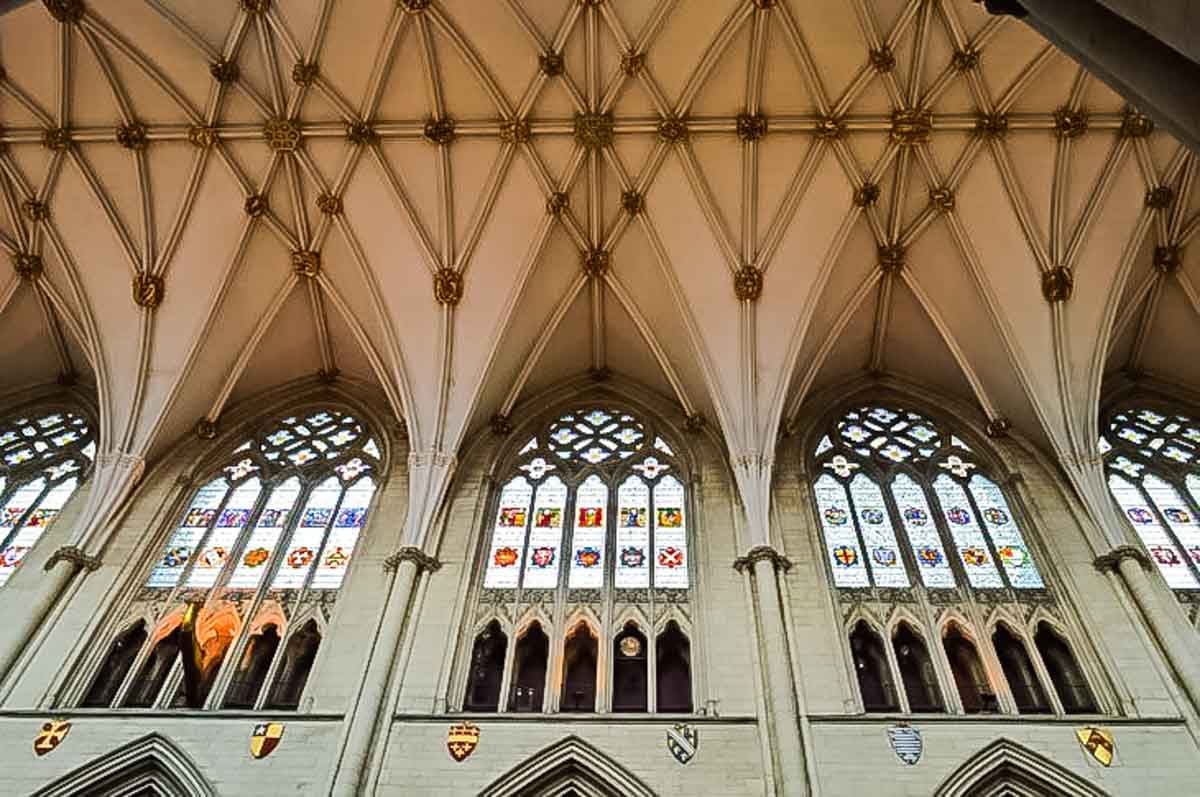
Hidden Gems and Buried Secrets
Beyond the main cathedral floor, there are two special places you won’t want to miss.
The Chapter House: A Medieval Magic Trick
Attached to the North Transept is the Chapter House, a beautiful octagonal building from the 1280s where the cathedral’s clergy used to meet.
It’s a stunning space, but its real genius is above your head. The incredible, star-shaped vaulted ceiling is made of wood, not stone.
In a revolutionary piece of medieval engineering, it’s supported entirely by the walls and hidden roof timbers, with no central column to get in the way.
This makes the room feel wonderfully open and light. Take a moment to look at the 44 stone seats lining the walls; above them is a gallery of fantastic carvings, including some very cheeky gargoyles, a serene Madonna and child, and all sorts of expressive faces.

The Undercroft Museum: Digging into 2,000 Years of History
Ready to go underground? Beneath the Minster floor lies a hidden world where the building’s deepest secrets are revealed.

The Undercroft Museum exists because of a crisis. In the 1960s, engineers discovered the massive Central Tower was in danger of collapsing, so they had to launch a huge project to strengthen its foundations.
In doing so, they literally dug up the entire history of the site. A threat to the Minster’s future led directly to the discovery of its ancient past.

Today, you can walk through modern galleries and travel back in time. You’ll find:
- Roman Ruins: The actual foundations of the main building of the Roman fortress of Eboracum, which the Minster was built on top of.
- Anglo-Saxon Treasure: A rare 9th-century silver coin, proving a royal mint was operating here long before the Normans arrived.
- Viking Legacy: The magnificent Horn of Ulf, a 1,000-year-old, intricately carved elephant tusk given to the cathedral by a Viking lord.
- Norman Power: The massive stone foundations of the 11th-century Norman cathedral, alongside incredible treasures like the 1,000-year-old York Gospels (a book still used in services!) and priceless items found in the tomb of an archbishop.
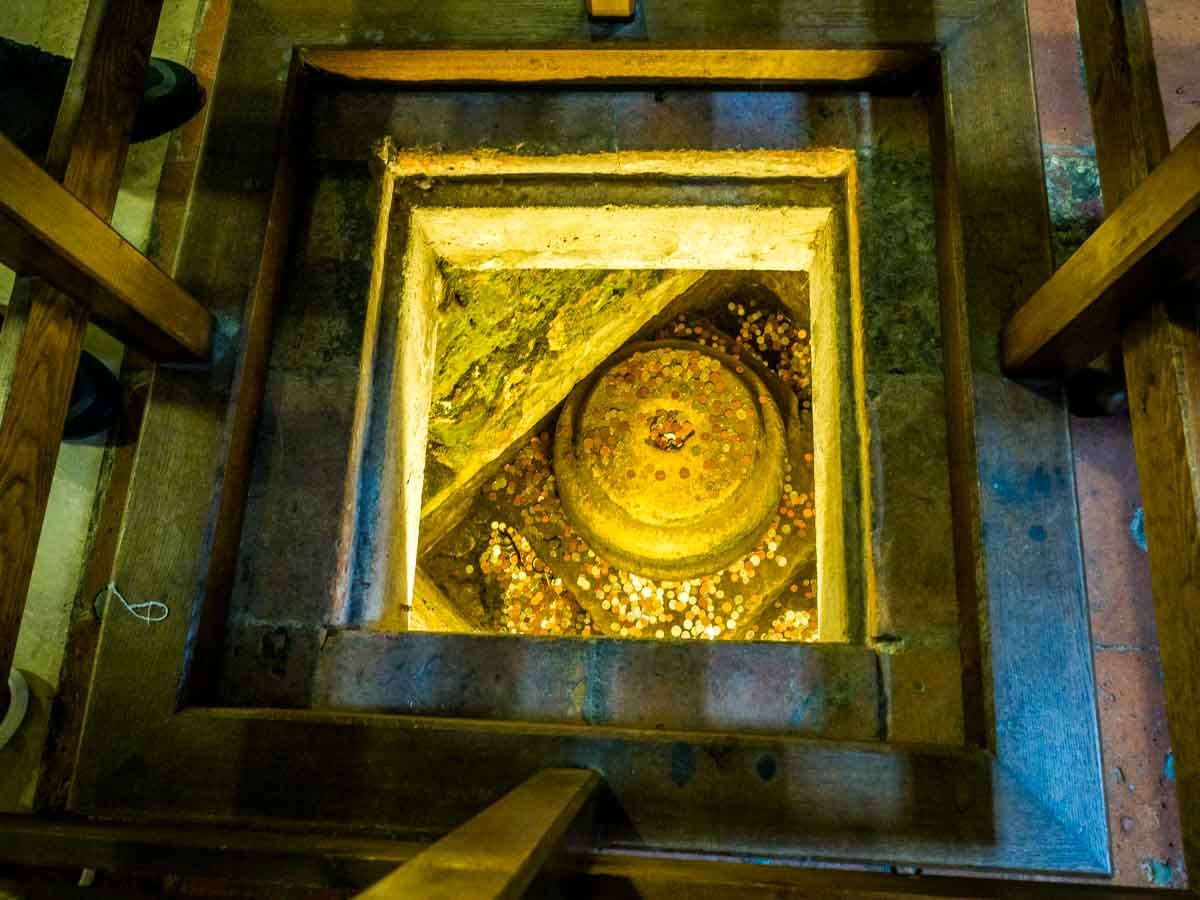
Planning Your Visit: The Practical Stuff
A trip to York Minster is something you’ll never forget. To help you make the most of it, here’s a quick rundown of the essential information.
A couple of other quick tips: large bags aren’t allowed inside, and while you can take photos for personal use, you can’t during services.

Conclusion: A Place of Wonder and Resilience
York Minster is so much more than just an old building. It’s a living church, a national treasure, and a place where incredible craftsmanship is kept alive.
It’s a powerful testament to centuries of faith and the sheer determination of the people who have built, rebuilt, and protected it against all the odds.
To walk through its doors is to walk through history, to witness breathtaking artistry, and to feel a real sense of wonder. I hope you enjoy discovering your own stories within its ancient, hallowed walls.
Once you’ve experienced the wonder of the Minster, why not continue your journey by taking a walk on the historic City Walls or discovering more of the city’s hidden gems?










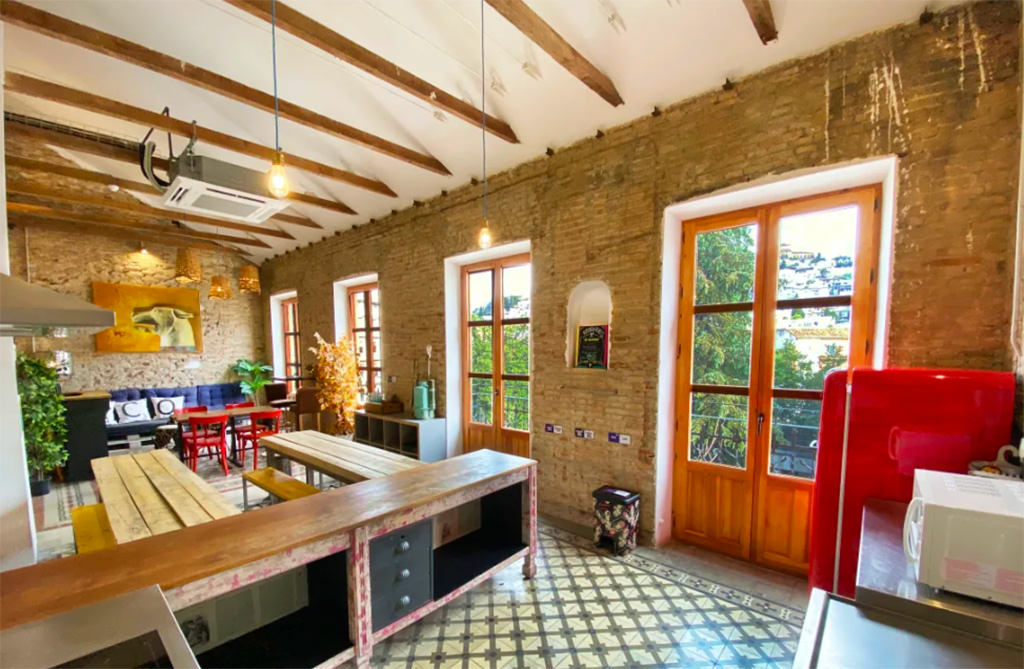

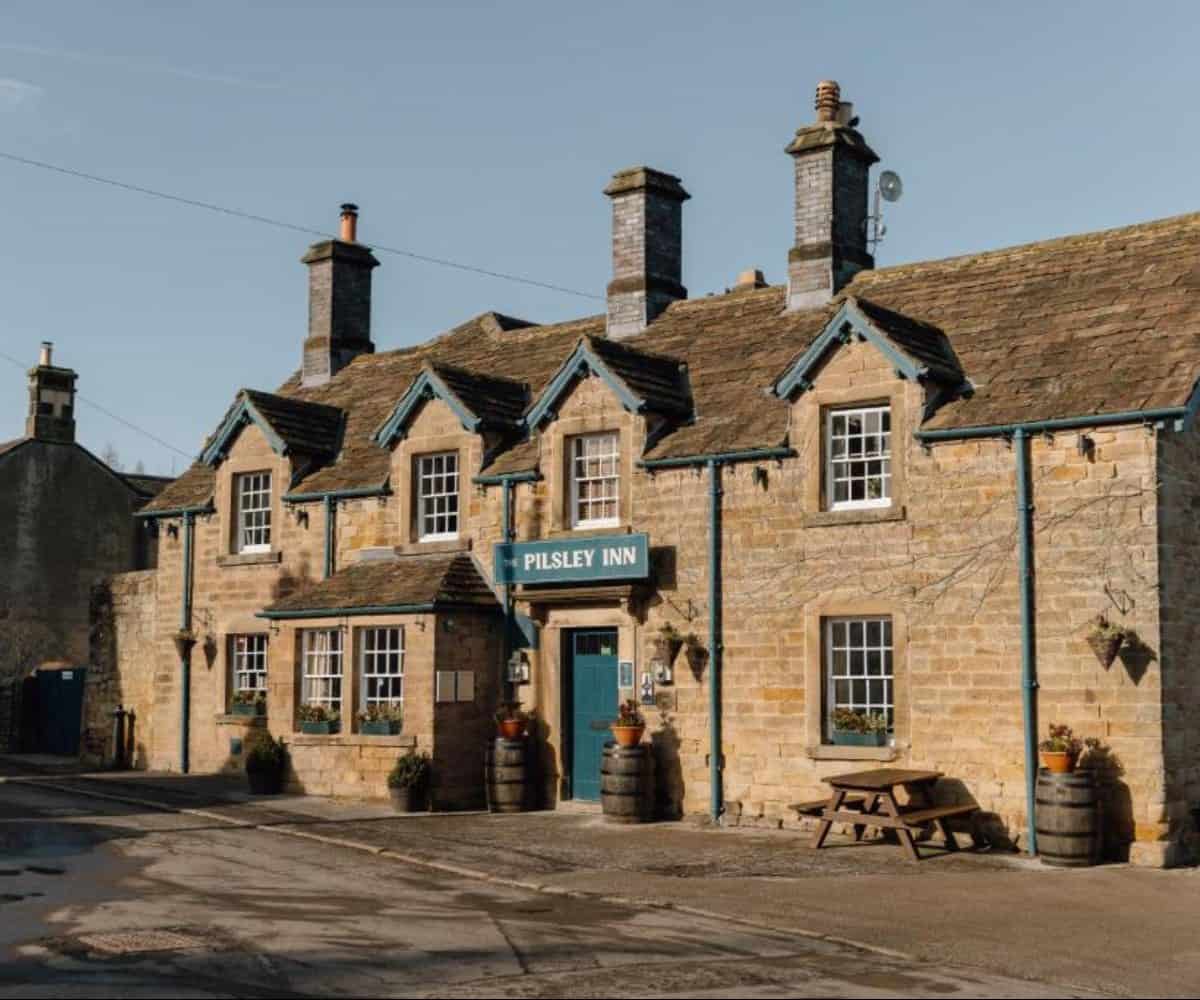





 English (US) ·
English (US) ·